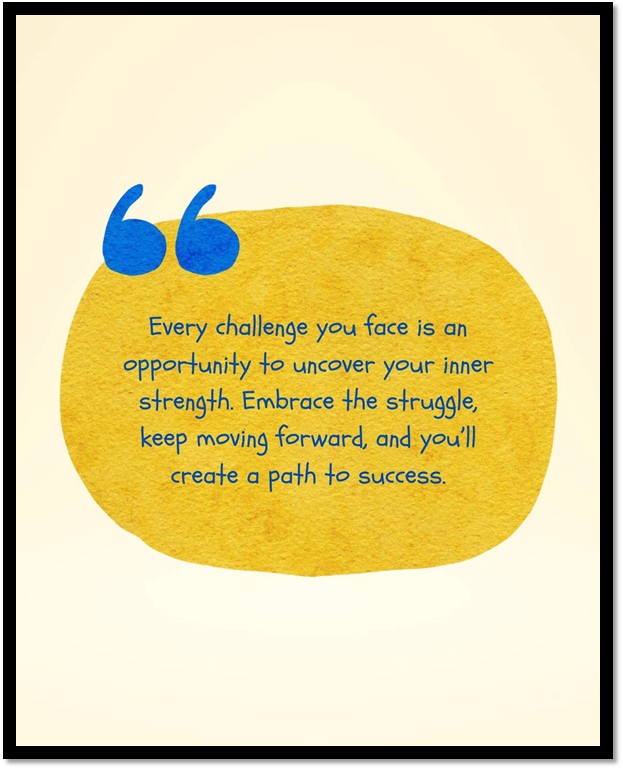A hotel experience can usually be described across a few key parts:
1. Arrival & Check-In
The experience often begins with a first impression at the entrance—valet, doorman, or front desk greeting.
The check-in process sets the tone: fast, friendly, and welcoming, or slow and impersonal.
Lobbies often reflect the hotel’s theme—luxurious, cozy, modern, or functional.
2. Room Experience
Guests look for cleanliness, comfort, and thoughtful amenities (comfortable bed, fresh linens, toiletries, minibar, Wi-Fi, etc.).
Views, layout, and décor add to the impression.
Small touches (welcome drinks, fruit baskets, handwritten notes) can create a sense of personalization.
3. Dining
On-site restaurants, breakfast buffets, room service, and bars are big parts of the stay.
Food quality, presentation, and variety shape the dining experience.
4. Services & Amenities
Facilities such as a pool, spa, gym, business center, or concierge enhance the stay.
Services like housekeeping, laundry, airport pickup, or guided tours add convenience.
5. Hospitality & Staff
The warmth, professionalism, and responsiveness of staff often determine whether the stay feels special.
Anticipating guest needs (extra towels, local recommendations) elevates the experience.
6. Atmosphere & Comfort
The overall vibe: is it peaceful, lively, luxurious, or budget-friendly?
Lighting, scent, music, and design create an emotional impression.
7. Check-Out & Departure
A smooth, hassle-free checkout leaves a lasting positive memory.
Small gestures—like help with luggage or a thank-you note—make guests want to return.
👉 Overall, a hotel experience is a blend of comfort, service, and atmosphere. A great one feels effortless, memorable, and leaves you wanting to return.






































